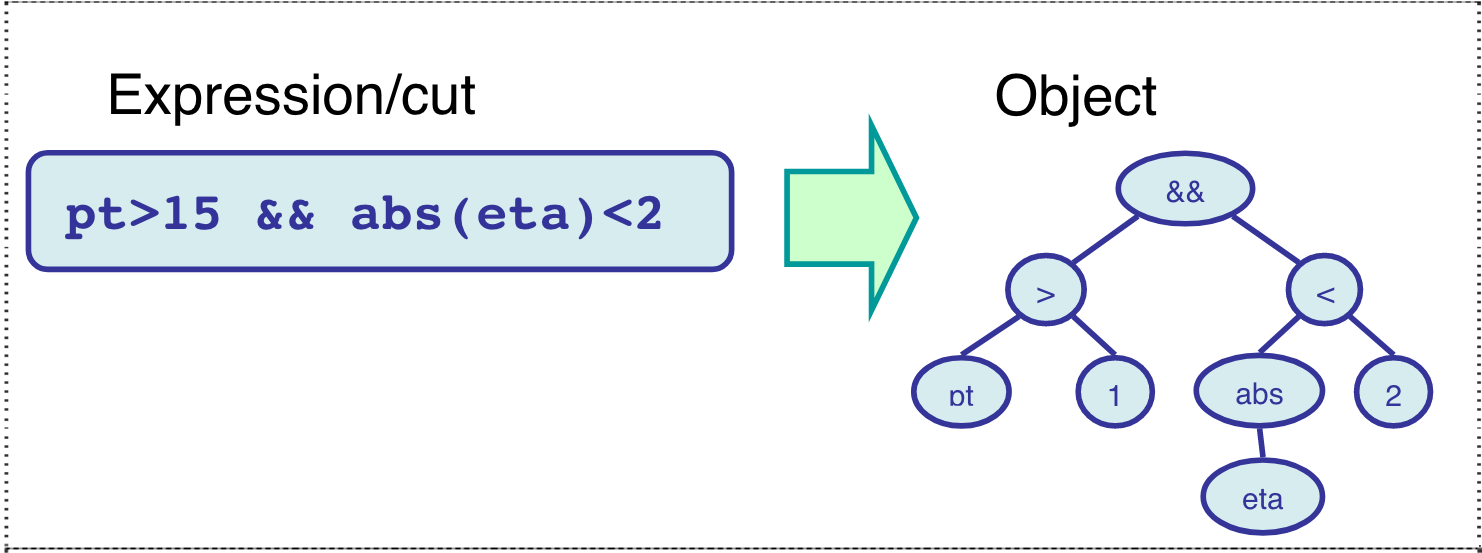Answer a parser that accepts the receiving string.
See for example PP2HtmlHeaderGrammar.
⇒ parse ⇒ Elm Parser
~
"A shallow parser". scholar ![]()
markedjs/marked, 2019. Online. JavaScript. markedjs. [Accessed 27 November 2019]. Available from: https://github.com/markedjs/marked > A markdown parser and compiler. Built for speed. Contribute to markedjs/marked development by creating an account on GitHub.
moosetechnology/PetitParser, 2021. Online. Smalltalk. moosetechnology. [Accessed 3 May 2021]. Available from: https://github.com/moosetechnology/PetitParser > Petit Parser is a framework for building parsers. Contribute to moosetechnology/PetitParser development by creating an account on GitHub.
QUESADA, Luis, BERZAL, Fernando and CUBERO, Juan-Carlos, 2011. A Language Specification Tool for Model-Based Parsing. In: YIN, Hujun, WANG, Wenjia and RAYWARD-SMITH, Victor (eds.), Intelligent Data Engineering and Automated Learning - IDEAL 2011. Berlin, Heidelberg: Springer. 2011. p. 50–57. Lecture Notes in Computer Science. ISBN 978-3-642-23878-9. DOI 10.1007/978-3-642-23878-9_7. > Typically, formal languages are described by providing a textual BNF-like Notation specification, which is then manually annotated for syntax-directed translation. When the use of an explicit model is required, its implementation requires the development of the conversion steps between the model and the grammar, and between the parse tree and the model instance. Whenever the language specification is modified, the developer has to manually propagate changes throughout the entire language processor pipeline. These updates are time-consuming, tedious, and error-prone. Besides, in the case that different applications use the same language, the developer has to maintain several copies of the same language specification. In this paper, we introduce a model-based parser generator that decouples language specification from language processing, hence avoiding many of the problems caused by grammar-driven parsers and parser generators.
SOKOL, Tereza, 2020. terezka/yaml. Online. Elm. 20 March 2020. [Accessed 5 June 2020]. Available from: https://github.com/terezka/yaml > Work with YAML in Elm. STÉPHANEDUCASSE, 2021. Citezen. Online. Smalltalk. 14 October 2021. [Accessed 25 August 2022]. Available from: https://github.com/Ducasse/Citezen > Citezen is a bib parser and tool suite
~
parser.dreyeck.ch ward.asia.wiki.org
One of my complaints about types and objects is that they are difficult to share across different tools and languages, at least without some kind of pre-defined conventions or standards. The more type-ish or more OOP-ish it is, the more difficult and involved is the sharing.
www.yaml.org ![]() and a wiki at yaml.kwiki.org
and a wiki at yaml.kwiki.org ![]()
See Exploratory Parsing.
See AboutUs Getting Started blog post announcing the open-sourcing of this technology. github ![]()
The result of the parsing phase is an object tree where each node represent an ‘atomic’ evaluation step, as in Figure 1. […]

Figure 1. Example of translation from a string cut to an object tree model. The “leaves” of the tree that refer to an object method are mapped to Reflex method calls.
~
Luca Lista, Christopher D. Jones, und Giovanni Petrucciani, „Expression and Cut Parser for CMS Event Data“, Journal of Physics: Conference Series 219, Nr. 3 (April 2010): 032050, doi ![]() .
.